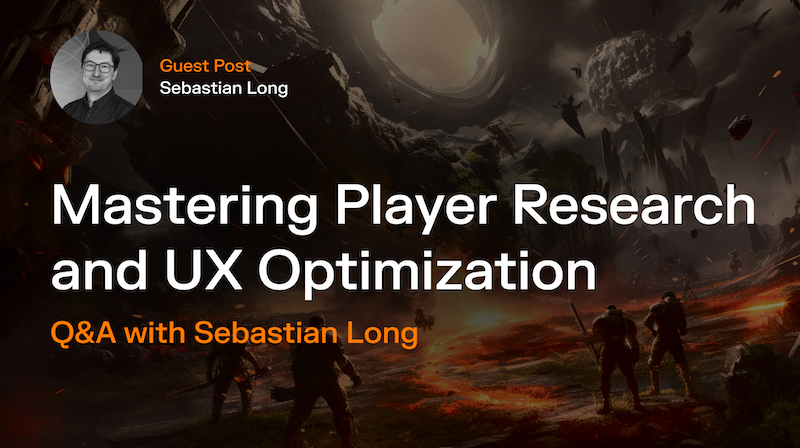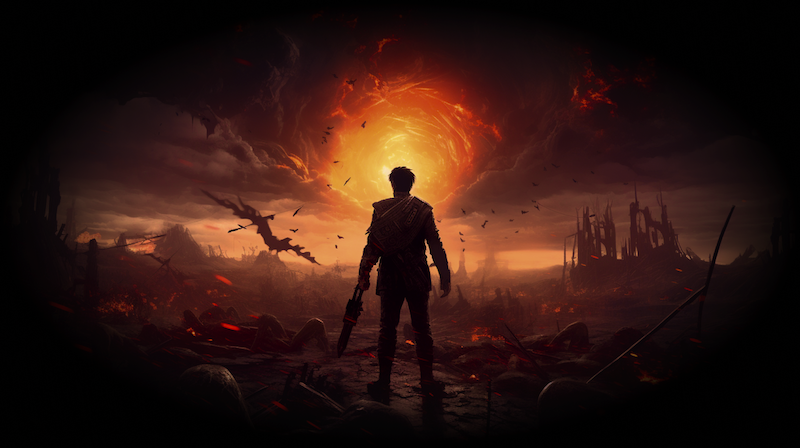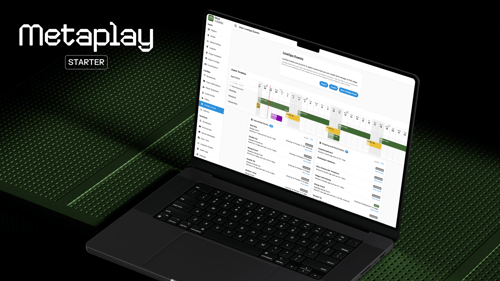
Mastering Player Research and UX Optimisation: Q&A with Sebastian Long

Sebastian Long •
Meet Sebastian Long. He's the Managing Director of Player Research, an established UX consultancy for games. With over a decade of experience, he shares his invaluable insights into the world of player research and UX optimisation in mobile game development. Whether you're a seasoned developer or just stepping into the industry, read on to discover the strategies and pitfalls to watch out for in crafting exceptional gaming experiences.
Metaplay: Player testing and UX optimisation are crucial, yet often challenging aspects of game development. What are some common pitfalls or misconceptions you've encountered in the industry? Could you offer some actionable advice for studios aiming to improve their player research and UX design strategies?
Sebastian: “Of the regrets studios have with playtesting — and the other data-gathering activities that refine the player experience — usually they revolve around timing. Not starting earlier, when there was runway to make the deeper-cutting changes later needed. Players rarely react to game content exactly how designers anticipate, and in the worst of cases, that disparity leads to a complete collapse of the player experience. This is manageable, for teams leaving enough time to iterate.
Those teams that have under-invested in the testing activities in prior products and vowed to not make the same mistake again, wear that fear on their sleeves. It leads to better products.
That desire to meaningfully test product success in early-stage development — concept, pre-production, pre-greenlight — has tasked Player Researchers with putting very scrappy and fragile assets in front of players, to good effect: moodboards, scripts, pitch decks, storyboards, grey boxes, and so on. Teams with the confidence to test early will out-pace teams who do not”.

Metaplay: At what point of a game's lifecycle should UX become a priority? What are the risks of not integrating UX optimisation into the dev process early on?
Sebastian: “As development progresses, the release-readiness of a game increases, whilst the potential for design change decreases. As each day goes by, there’s a shorter and shorter runway. Contributions of UX staff should adapt to the decisions being actively made, with the end of the runway in sight. They need to keep a tight loop between deciding on a design direction, and evaluating that with real players. Ideally, teams are never disappointed by players' reactions to something at a point that's too late to rethink it.
The bones of a game become ever-harder to rework as it’s made: business model, visual direction, complexity, and core mechanics. These foundational facets of the UX can be informed early — from day zero — by purposeful analyses of competitor titles and player habits. Even without an original asset or prototype, and perhaps ideally so.
Of course there are some aspects of the player experience that are trivially easy to change, and are traditionally adjusted right up to the last minute: tutorials, difficulty and economy balancing, marketing copy, individual UI elements, and so on. These small-changes-with-big-impact are a natural fit for iterative improvement but are inherently only skin-deep.
Without rational evaluation early on, teams can find themselves steeped in regret, carrying excessive — and preventable — design baggage. There’s a sensible amount of research to do on every game project, regardless of budget, and that ‘sensible amount’ is never zero. The cost of ‘day zero’ research is often a barrier to smaller teams, but they should at least be aware it’s worthwhile”.
Metaplay: It's fascinating how data-driven insights can enhance game experiences. Could you provide an overview of the backend technology and methodologies your team employs to gather and analyze player data effectively?
Often the low-fi, low-tech approaches that guarantee feedback tomorrow are the rational choice over a high-tech promise of bigger insights vaguely somewhen in the future.

Sebastian Long
Sebastian: “There are a raft of technologies, analytics tools, sentiment and behavioural-tracking tools that can be assistive to these player research activities. But none are strictly essential. Teams can easily run a usability testing session with little more than a build of the game, an empty meeting room, and a webcam.
Putting six-to-twelve real players in front of your game and observing them at play, unprompted: exactly this low-tech approach has informed design direction for multimillion-dollar projects week-on-week, and has done throughout the entire history of game development.
Where technology can help to reduce the time needed to analyze, capture, or compare data, or can expand your reach, then that’s great. But let’s not overlook the timer ticking-ticking-ticking down on the window of actionability for that data. Often the low-fi, low-tech approaches that guarantee feedback tomorrow are the rational choice over a high-tech promise of bigger insights vaguely somewhen in the future.
The most egregious of these promises is the over-reliance on soft launch analytics. Of course the player data captured after go-live will be the very best, most KPI-aligned and valid of the data your game will benefit from. It's also at the very end-most point of your long runway, with often little-to-no resource for deep-cutting subsequent change. There are ways to prevent launch-day flops, but they need more time — not more tech — to secure their essential improvements”.

Metaplay: The gaming landscape is constantly evolving. How do you see player research and its impact on UX evolving in the next few years? Are there any emerging trends or technologies that developers should keep an eye on?
Sebastian: “Player Research turns twelve next January, and we're on-track to contribute to our one-thousandth game around that same time. We've seen a lot of change in tech, audience, genre, and platforms. The last few years have been dominated by 'AAAA'-tier, ultra-blockbusters including The Last of Us, Diablo 4, upcoming Assassins Creed and Starfield, all games of nearly unimaginable size and scope. User Experience has always been about facilitating communication during design, but these mega-projects are forcing new innovation and collaboration among ever-larger and more diverse insights teams to make sure they're keeping pace.
The role of fan communities influencing game design is a conversation that seems to be coming up over and over again across the industry right now. The growth of Discord among gamers — millions of players joining chat servers dedicated to their favourite titles — has obvious marketing potential, but is also tinged with danger in promising creative influence to small, vocal, and unrepresentative ultra-fans in these insular chatrooms. Community Management teams will have to grow to match the increased demand for fan engagement and moderation, but they must also diversify and partner with player research teams to support Community Managers in controlling the two-way flow of feedback.
Accessibility of game design is a huge focus for teams globally right now: deliberately designing games that include their disabled players. More than just the right moral choice, implementing accessibility-focused features is delivering deserved media attention and supports non-disabled players too: nine million players of Uncharted 4 switched on at least one accessibility feature. Teams well-versed in player research will find the additional insight-gathering activities needed for accessibility features to be little hassle, since the logistics are largely the same, sourcing playtesters with specific impairments to roll their feedback into design improvement. And what a prize for those that do: a new and passionate audience unlocked.”



